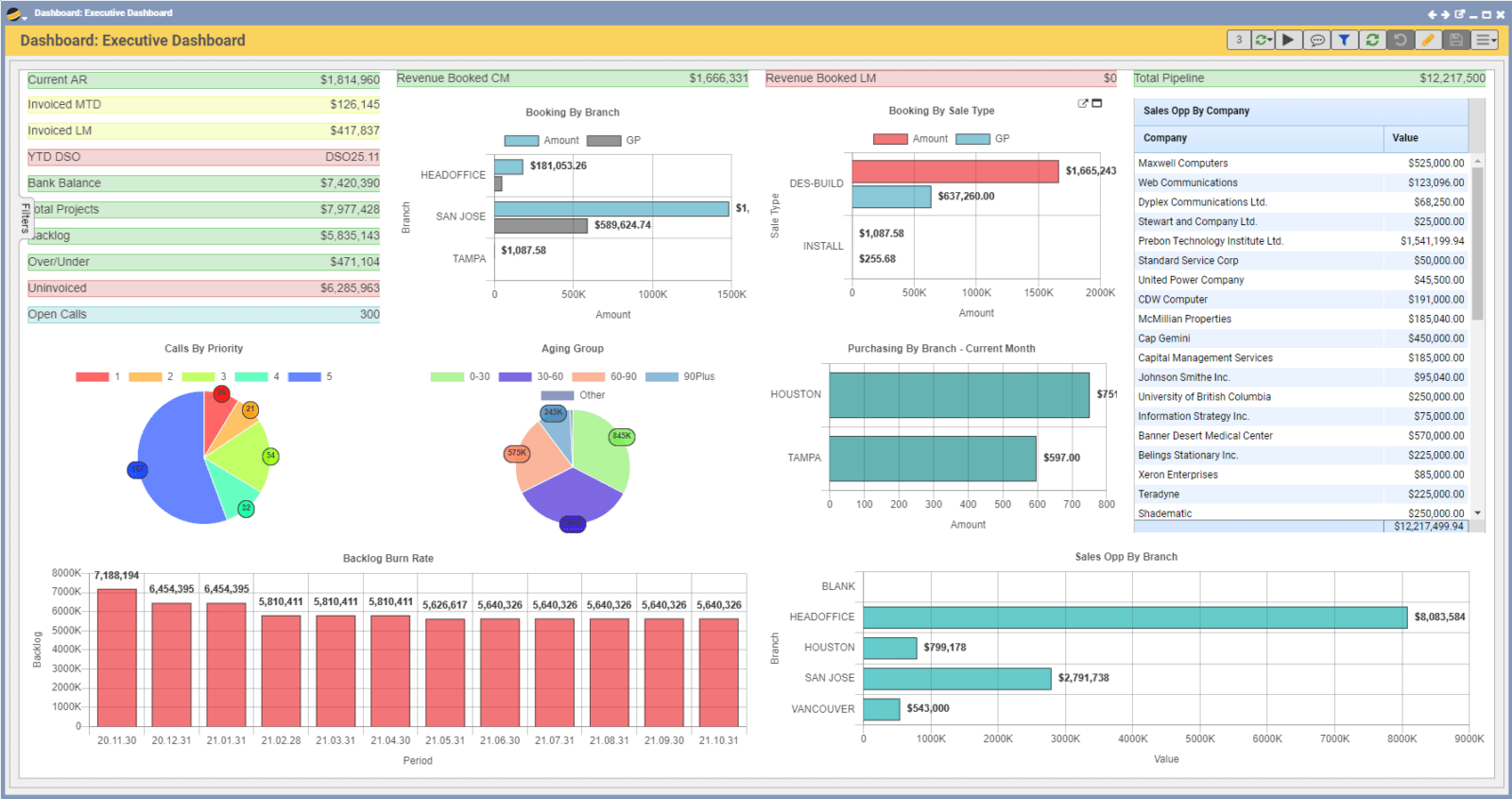Knowing what to measure and asking the right questions before you begin your ERP deployment will guarantee your organization
reaps the tangible and intangible benefits that will improve your bottom line.
Many organizations erroneously decide the return on investment for their ERP implementation is negligible because they’ve fallen prey to the common pitfalls that stymie ROI during the deployment phase. But there is plenty of p
otential for both tangible and intangible benefits that will significantly impact the business, as long as you establish metrics early on.
As I have said in previous blogs, it’s imperative that new processes are developed and implemented correctly; this is critical for a successful ERP implementation and hence essential for deriving any meaningful ROI or achieving any business success.
Just as critical, however, is figuring out what meaningful ROI is for your organization: You must establish reasonable expectations and metrics before you even begin implementation. ERP deployments must ultimately be driven by your overall strategic objectives, which should include improved profitability.
Tangible ROI: Go by the numbers
It is possible to calculate ROI by taking into account the tangible, demonstrable benefits evident after deployment. First you must thoroughly calculate the total costs of the solution you are deploying, including software, hardware, maintenance, training, implementation and support.
You can then take these costs and determine your ROI by comparing them with tangible benefits based on previously established metrics. These may include improved efficiency, an increase in new customers, revenue growth and increased margins. In order to find these, you must establish baseline metrics by collecting data on various measures of operational efficiency, sales and financial data, sales per employee, days in inventory, days sales outstanding and accounts receivable, among others.
Intangible ROI: Beyond the numbers
It’s obviously not easy to calculate intangible ROI because it’s not about the numbers; an intangible benefit is usually something that is difficult to quantify in money. However, understanding intangible benefits are key to getting a full view of your ERP implementation’s ROI; do not discount them. Major intangible benefits include improved customer satisfaction, better employee morale, increased capacity, reduced risk and faster time to market.
Both the tangible and intangible metrics can be established early in the process by asking three questions: How, how much and when. For example, how, how much and when will ERP shorten your time to market? Increase revenue? Improve operating expenses? Improve customer satisfaction?
In some ways, it’s the intangible ROI that can vault your business to a leadership position in a competitive landscape. For example, a customer-focused company attracts profitable customers and selecting and carefully deploying the right ERP solution supports these types of companies. It also supports a responsive company that can improve customer satisfaction, which is something you can measure. These intangibles rarely appear as a hard number but they have a positive impact on your company’s bottom line.
Getting ROI out of your ERP implementation is always possible, as long as you ask the right questions up front and understand what you are looking to achieve.


